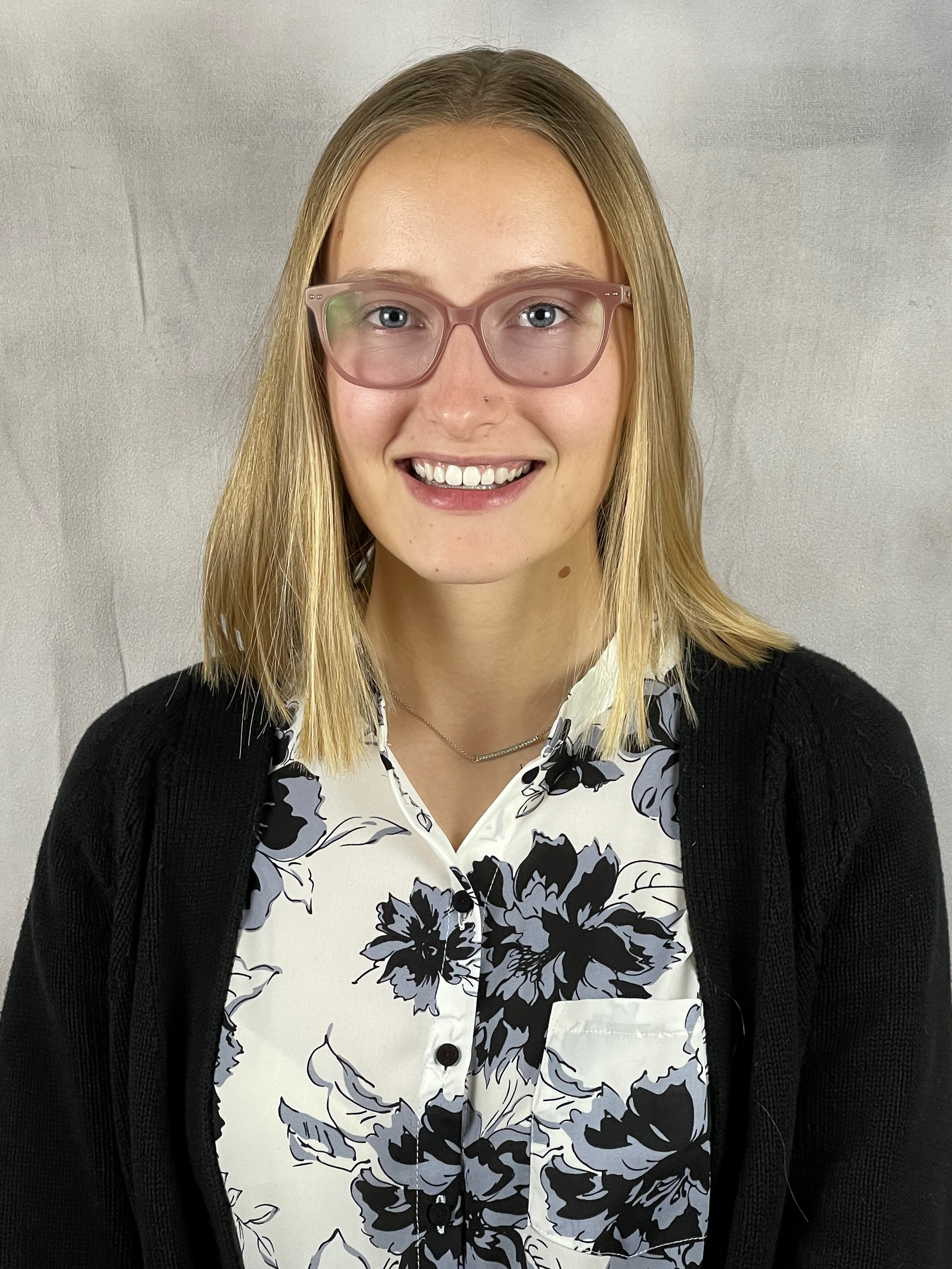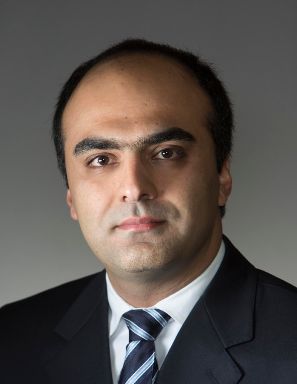Ritchie School Faculty and Staff
Our students, faculty and staff are what make us special. Explore the people of the Ritchie School, and learn how they each contribute to our intellectual community.
Displaying 1 - 10 of 107
Filter


Daniel D Auger
Visiting Professor of the Practice Mechanical & Materials Engineering
303-871-3002 (Office)







